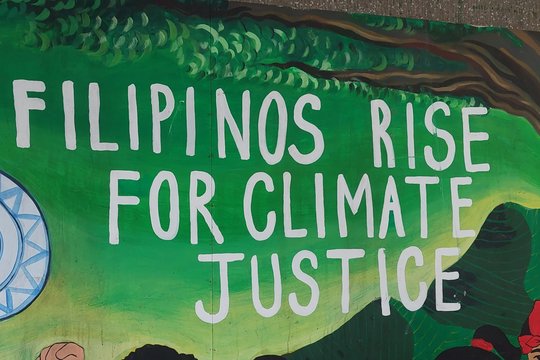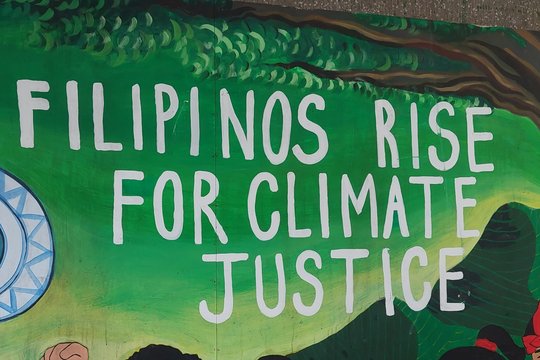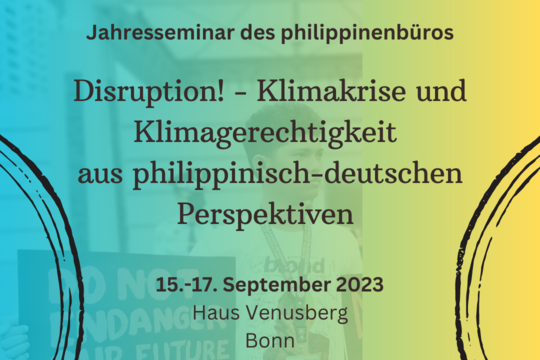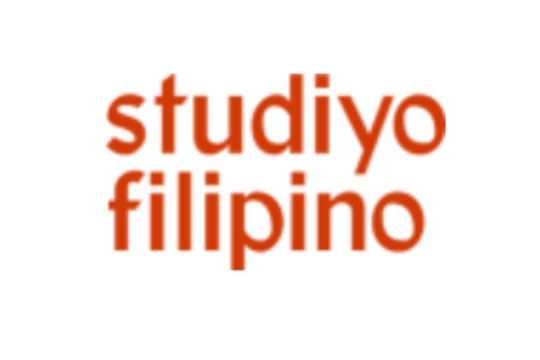During the first part of the session, speakers Huang Zhong and Yue Jinfei presented different aspects of how Chinese policy-makers conceptualized the meaning of 'High-Quality Belt and Road Cooperation' or 'High-Quality Development of the BRI', chin. 高质量共建一带一路 or 一带一路高质量发展, and how they experienced its implementation from a civil society perspective. In the second part, the audience was invited to raise questions and contribute with other perspectives on the term.
Huang Zhong, specialist in business and human rights, started her presentation with a detailed analysis of the term ‘High-Quality BRI’ in Chinese official policy documents. She referred to Wang Yi’s interpretation of ‘high-quality development’ as ‘the inevitable choice in the shift from painting the broad strokes to refining the details’, chin. 从大写意到工笔画的必然选择, and Xi Jinping’s keynote speech at the Second Belt and Road Forum for International Cooperation in 2019 as well as Xi’s remarks at the Fifth Annual Meeting of the Asian Infrastructure Investment Bank in 2020.
Huang identified four components of ‘High-Quality BRI’ based on these official statements: 1) BRI projects must be economically profitable and financially sustainable; 2) they must contribute to the local economy and employment; 3) projects must follow internationally accepted rules and standards; and 4) they must comply with the host countries’ laws.
With regard to the 2019 Guiding Opinions of the Ministry of Commerce and Other 19 Departments on Promoting the High-quality Development of Foreign Contracted Projects, Huang highlighted prevailing challenges pertaining to the social and environmental impact assessment for projects, the supervision of companies abroad and possible penalties for non-compliance with local laws and regulations.
Furthermore, Huang Zhong pointed to the fact that the 2021 White Paper ‘China's International Development Cooperation in the New Era’, chin. 新时代的中国国际发展合作, encouraged the implementation of internationally recognized concepts such as the United Nations’ Sustainable Development Goals (SDGs). Moreover, the Guidelines for Green Development of Outbound Investment and International Cooperation, chin. 对外投资合作绿色发展工作指引, called upon companies to cooperate with civil society actors on for instance environmental protection.
However, the crucial question is how well these guiding principles are implemented. According to the 2021 report ‘“Going out” responsibly: The Human Rights Impact of China’s Global Investments’, the response rate of Chinese companies to 102 recorded human rights abuses was only at 24 percent. The report documented 679 human rights allegations involving Chinese businesses overseas from 2013 to 2020, and further pointed to the problems of inadequate information provision and social/environmental impact assessment as well as several labour and land rights issues in the context of BRI projects.
Huang emphasized two major lessons for civil society organisations in BRI countries: 1) civil society organisations in the host countries and China play a very important role in voicing out public concerns and in coordinating and facilitating the search for sustainable solutions; 2) there is still a lot of room for different sector-specific types of engagement with Chinese companies engaged overseas. Civil society organisations can help to create and refine tools and guidelines, and shape the framework regarding China’s responsible investment/business conduct overseas.
Yue Jinfei of the Social Resources Institute, chin. 社会资源研究所, and collaborator of Huang Zhong in the ODI report ‘Understanding and mitigating social risks to sustainable development in China’s BRI’ focused on the engagement between Chinese companies and civil society actors on the community level. According to him, ‘high-quality BRI’ is also about constructive People-to-People connections. He took up the question whether there are possibilities to change the process of the connections in the context of civil society organizations’ engagement with the BRI.
First, civil society organisations have to know that engagement with Chinese companies at a project level is very difficult. Often this seems to be a one-way communication with a low response rate and little engagement from the companies’ side as Huang had elaborated on earlier. It is important to find a right mode of communication between companies making an investment and civil society actors calling out social and environmental issues publicly in order to creative positive outcomes.
Second, civil society organisations in BRI host countries need to understand how and why Chinese companies act in a certain way. It is important for them to examine the contents of official policies. For instance, the scope of BRI cooperation in the 14th Five-Year Plan includes provisions dedicated to environmental protection, public health and international exchange at the society level including non-governmental organisations.
Third, when engaging with Chinese companies or banks, civil society organisations in host countries could take advantage of certain aspects Chinese government policies and/or regulations put their emphasis on, for example on ‘Green Finance’. This could work as an incentive for companies to be more open for the improvement of certain environmental and social impacts of their projects in order to ensure their funding from Chinese Banks and mitigate risks. Therefore, civil society organisations might examine policies to identify these focal points.
In the following discussion, two main topics were talked about. There was a consensus between the two speakers that information transparency concerning Chinese investments overseas is a huge challenge. This fact obstructs a trustful and constructive communication between BRI stakeholders and civil society organisations. It is often difficult to reach the right decision-making actors with the right information, a circumstance that has been intensified by the pandemic and the corporate deprioritisation of issues raised by civil society actors.
Furthermore, the differences between how language is used in official documents, how it is used by Chinese policymakers and related to concepts such as the SDGs and how civil society organisations on the ground work with the very same concepts remains a challenge requiring further examination of official documents and dialogue amongst civil society and BRI stakeholders.
Nehuen Stoppa









